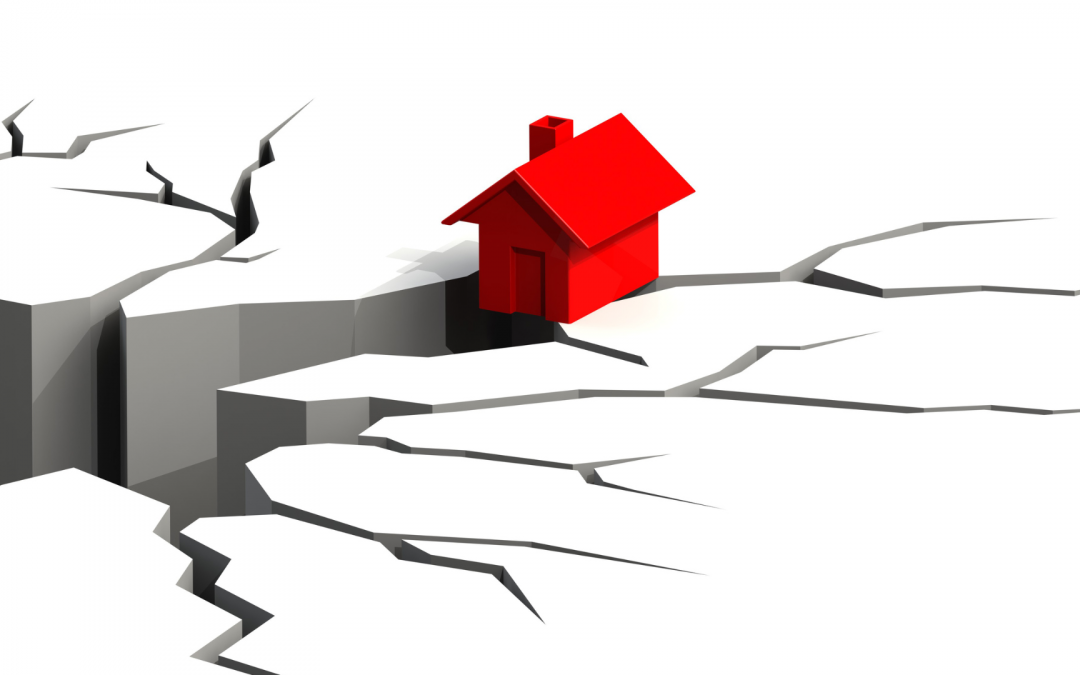There’s been a lot of talk about the possibility of a housing market crash. However, several factors suggest that a crash is unlikely. Here are three reasons why the housing market is likely to remain stable.
1. Inventory of Homes for Sale is Still Below Normal
The number of homes available for sale remains lower than historical norms. Even though the market has seen an increase in listings, the overall inventory is still insufficient to meet the high demand from buyers. This ongoing shortage of homes helps maintain price stability. When there are more buyers than available homes, competition increases, driving prices up and preventing a sudden market collapse.
Moreover, the pandemic has changed the way people view their living spaces, leading to a surge in demand for larger homes and properties in suburban areas. This shift has further strained the limited supply, ensuring that demand remains high. With fewer homes available, the market remains competitive, and prices are less likely to drop dramatically.
2. Builders Are Not Overbuilding, They’re Catching Up
Unlike the pre-2008 housing market, where overbuilding led to a surplus of homes and a subsequent crash, today’s homebuilders are adopting a more cautious approach. Builders are not constructing more homes than the market can absorb. Instead, they are focused on catching up with the demand that has been building over the past decade due to years of underbuilding.
This measured pace of construction helps prevent an oversupply of homes. By aligning the rate of new construction with the actual demand, builders are contributing to a balanced market. This balance is crucial for maintaining price stability and avoiding the boom-and-bust cycles that characterized previous housing market crashes.
3. Foreclosure Filings Are Still Very Low
One of the significant indicators of a housing market crash is a spike in foreclosure filings. However, foreclosure rates remain at historically low levels. Several factors contribute to this stability. For one, homeowners are in a stronger financial position than they were during the last housing crisis. Rising home values have increased homeowners’ equity, making it less likely for them to default on their mortgages.
Additionally, lending practices have become more stringent since the 2008 crisis. Banks and financial institutions now adhere to stricter lending standards, ensuring that borrowers are more qualified and less likely to face foreclosure. Government interventions and assistance programs during the pandemic have also helped keep foreclosure rates low, providing relief to homeowners facing financial difficulties.
The overall economic environment is also supportive of the housing market. Low interest rates have made mortgages more affordable, encouraging home purchases and refinancing. This financial stability among homeowners contributes to a healthier housing market and reduces the risk of widespread foreclosures.
The current housing market is supported by strong demand, controlled construction, and low foreclosure rates. These factors create a stable environment that is less susceptible to the dramatic fluctuations seen in previous market crashes. While it’s always wise to stay informed and cautious, the present indicators suggest that a housing crash is unlikely in the near future. The combination of limited inventory, prudent building practices, and financial stability among homeowners provides a solid foundation for the continued health of the housing market.
Source: Keeping Current Matters






